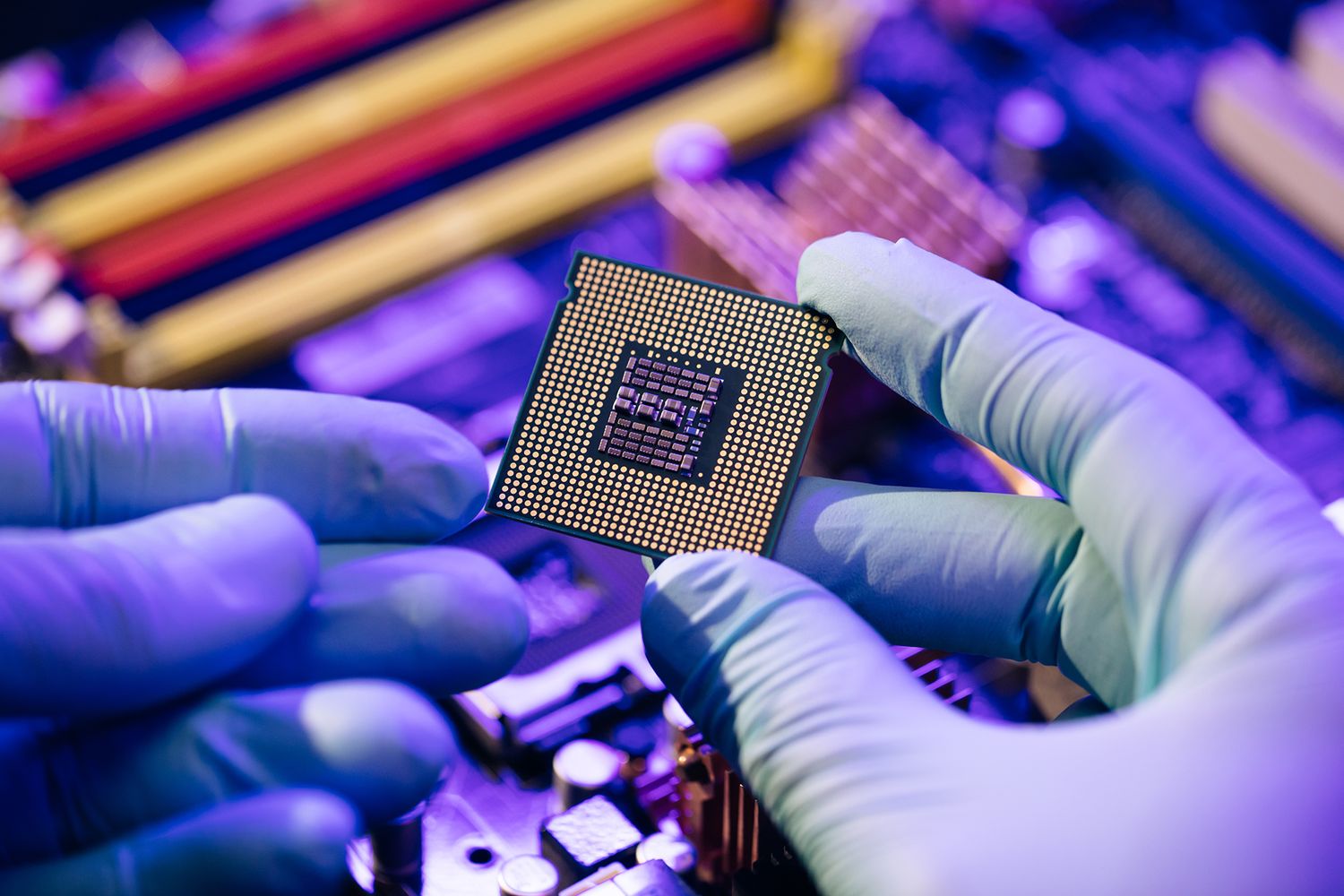
What are semiconductors, and why are they so important? Semiconductors are materials that have electrical conductivity between that of a conductor and an insulator. They are the backbone of modern electronics, found in everything from smartphones to solar panels. Without semiconductors, the technology we rely on daily wouldn't exist. These materials are crucial because they allow for the control of electrical current, enabling the creation of complex electronic circuits. Silicon is the most commonly used semiconductor material due to its abundance and favorable properties. Understanding semiconductors helps us appreciate the technology shaping our world.
What Are Semiconductors?
Semiconductors are materials that have properties between conductors and insulators. They are essential in modern electronics, enabling the functionality of devices like smartphones, computers, and solar cells.
- Silicon Dominates: Silicon is the most commonly used material in semiconductors due to its abundance and excellent electrical properties.
- Transistors: Semiconductors are used to make transistors, which are the building blocks of modern electronic devices.
- Doping: The process of adding impurities to semiconductors to change their electrical properties is called doping.
- PN Junction: A PN junction is formed when p-type and n-type semiconductors are joined, creating a crucial component in diodes and transistors.
- Integrated Circuits: Semiconductors are used to create integrated circuits (ICs), which can contain millions of transistors on a single chip.
Historical Milestones in Semiconductor Development
The journey of semiconductors has been marked by significant milestones that have revolutionized technology.
- First Transistor: The first transistor was invented in 1947 by John Bardeen, Walter Brattain, and William Shockley at Bell Labs.
- Moore's Law: Gordon Moore predicted in 1965 that the number of transistors on a chip would double approximately every two years, a trend that has largely held true.
- First IC: Jack Kilby of Texas Instruments created the first integrated circuit in 1958.
- Microprocessor: Intel introduced the first microprocessor, the Intel 4004, in 1971.
- Silicon Valley: The region in California known as Silicon Valley became the hub of semiconductor innovation and technology.
Applications of Semiconductors
Semiconductors are integral to a wide range of applications, making modern life more convenient and connected.
- Smartphones: Semiconductors power the processors, memory, and sensors in smartphones.
- Computers: CPUs and GPUs in computers are made from semiconductor materials.
- Solar Cells: Photovoltaic cells in solar panels use semiconductors to convert sunlight into electricity.
- LEDs: Light-emitting diodes (LEDs) are made from semiconductor materials and are used in displays and lighting.
- Medical Devices: Semiconductors are used in medical imaging equipment, such as MRI and CT scanners.
Types of Semiconductor Materials
Different materials are used in semiconductors, each with unique properties suited to specific applications.
- Gallium Arsenide: Used in high-speed and high-frequency applications due to its superior electron mobility compared to silicon.
- Germanium: One of the first materials used in transistors, now often combined with silicon for improved performance.
- Silicon Carbide: Known for its high thermal conductivity and used in high-power applications.
- Indium Phosphide: Used in optoelectronics and high-frequency applications.
- Organic Semiconductors: Made from organic materials, these are used in flexible electronics and organic LEDs (OLEDs).
Challenges and Future of Semiconductors
The semiconductor industry faces several challenges, but ongoing research and innovation promise exciting advancements.
- Miniaturization: As transistors become smaller, manufacturing processes become more complex and expensive.
- Heat Dissipation: Managing heat in densely packed circuits is a significant challenge.
- Quantum Computing: Semiconductors are being explored for use in quantum computers, which could revolutionize computing power.
- AI and Machine Learning: Specialized semiconductor chips are being developed to handle the demands of AI and machine learning algorithms.
- 5G Technology: Semiconductors are crucial for the development and deployment of 5G networks, enabling faster and more reliable communication.
Environmental Impact of Semiconductors
The production and disposal of semiconductors have environmental implications that need to be addressed.
- Energy Consumption: Semiconductor manufacturing is energy-intensive, contributing to carbon emissions.
- E-Waste: Discarded electronic devices contribute to e-waste, which contains hazardous materials.
- Recycling: Efforts are being made to recycle semiconductor materials to reduce environmental impact.
- Sustainable Practices: Companies are adopting sustainable practices in semiconductor manufacturing to minimize their environmental footprint.
- Green Electronics: Research is ongoing to develop more environmentally friendly semiconductor materials and processes.
The Final Word on Semiconductors
Semiconductors are the backbone of modern technology. From powering smartphones to enabling advanced medical devices, their impact is undeniable. These tiny components drive innovation in countless fields, making our lives more connected and efficient. Understanding their role helps us appreciate the tech we often take for granted.
Whether it's the silicon chips in your computer or the transistors in your TV, semiconductors are everywhere. Their unique properties allow for the miniaturization and efficiency that define today's gadgets. As technology advances, the importance of semiconductors will only grow.
So next time you use your phone or laptop, remember the incredible science behind it. Semiconductors might be small, but their influence is massive. Keep an eye on this field; it's sure to bring even more exciting developments in the future.
Was this page helpful?
Our commitment to delivering trustworthy and engaging content is at the heart of what we do. Each fact on our site is contributed by real users like you, bringing a wealth of diverse insights and information. To ensure the highest standards of accuracy and reliability, our dedicated editors meticulously review each submission. This process guarantees that the facts we share are not only fascinating but also credible. Trust in our commitment to quality and authenticity as you explore and learn with us.


